Sow Housing
There are many different types of acceptable housing types in use by U.S. hog farmers for housing gestating sows. These housing types usually fit in one of two categories:
- Individual housing
- Group housing
The American Veterinary Medical Association (AVMA) and the American Association of Swine Veterinarians (AASV) have reviewed existing scientific literature on sow housing and have published position statements that concluded that both types of housing types have advantages and disadvantages.
There are many factors that contribute to the success of a particular type of housing system. Studies have concluded the success of housing systems may be dependent in great measure to the caretaker’s husbandry skills.
The individual housing category includes the individual stall system. In this system, sows are housed in a structure large enough for one sow. There are variations in stall designs.
Some of the advantages of individual housing include:
- minimize aggression and injury among sows
- reduce competition for resources
- allow individual feeding
- assist in the control of body condition sow sows to not become too thin or too fat
- provide for the safety of the worker
Some of the disadvantages of individual housing include:
- restriction of movement and exercise
- restricts ability to perform foraging behaviors
- sows have limited social interaction
In the other housing category, sows are housed in groups. Group sizes may range from five sows per pen up to more than 100 sows per pen. Free access stalls, trickle feeding, electronic sow feeding stations and deep bedded systems are just a few of the many different variations in group housing systems in use.
Some of the advantages of group housing include:
- freedom of movement and exercise
- social interaction
Some of the potential disadvantages of group housing include:
- aggression and injury
- uneven body conditions
- inability to forage if no manipulate materials are present
The AVMA and AASV have concluded that regardless of the type of housing system in use, the system should:
- minimize aggression and competition among sows;
- protect sows from detrimental effects associated with environmental extremes, particularly temperature extremes;
- reduce exposure to hazards that result in injuries, pain, or disease;
- provide every animal with daily access to appropriate food and water;
- facilitate observation of individual sow appetite, respiratory rate, urination and defecation, and reproductive status by caregivers
